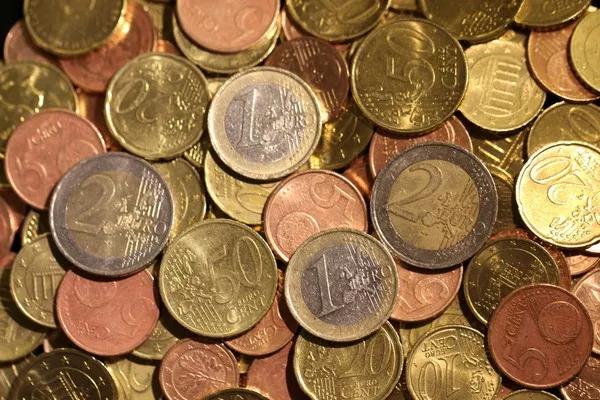EUR/USD opened the first day of the week with a mild bearish gap and capped three-day gains near 1.0600, or above the one-week high hit last Friday. Spot prices have remained subdued throughout the Asian session and are currently trading around 1.0550 or the session low.
Fresh geopolitical tensions provided some support to the safe-haven U.S. dollar (USD) and acted as a headwind for EUR/USD as investors digested Friday’s mixed U.S. monthly jobs report. The dollar was further supported by the prospect of further policy tightening by the Federal Reserve, which remained a support factor for rising U.S. Treasury yields. In addition to this, speculation that the European Central Bank (ECB) may not raise interest rates further for the time being also limits the pair’s upside.
From a technical perspective, the recent decline from the 17-month high hit in June was along a descending channel, suggesting a downtrend is well established. Additionally, the 50-day simple moving average (SMA) fell below the 200-day SMA for the first time since July 2021, and this death cross favors bearish traders. Beyond this, the oscillators on the daily chart, while recovering from their lows, remain in negative territory, indicating minimal downside resistance for EUR/USD.
However, the psychological 1.0500 mark could serve as near-term support, helping to limit the downside for spot prices. A convincing break below the aforementioned hurdles would reaffirm the bearish outlook and leave EUR/USD vulnerable to a retest of the year-to-date lows hit last week around 1.0450-1.0445. The downside trajectory is likely to expand further, challenging the ascending channel support currently located around 1.0400. Some follow-through selling will serve as a new trigger for bearish traders.
On the other hand, the momentum above the 1.0600 mark is likely to be extended, but is more likely to remain near the upper border of the aforementioned channel, currently around 1.0640-1.0645. The latter should be a key pivot point that, if decisively cleared, would signal a near-term bottom in the EUR/USD pair and shift the bias of bullish traders.


